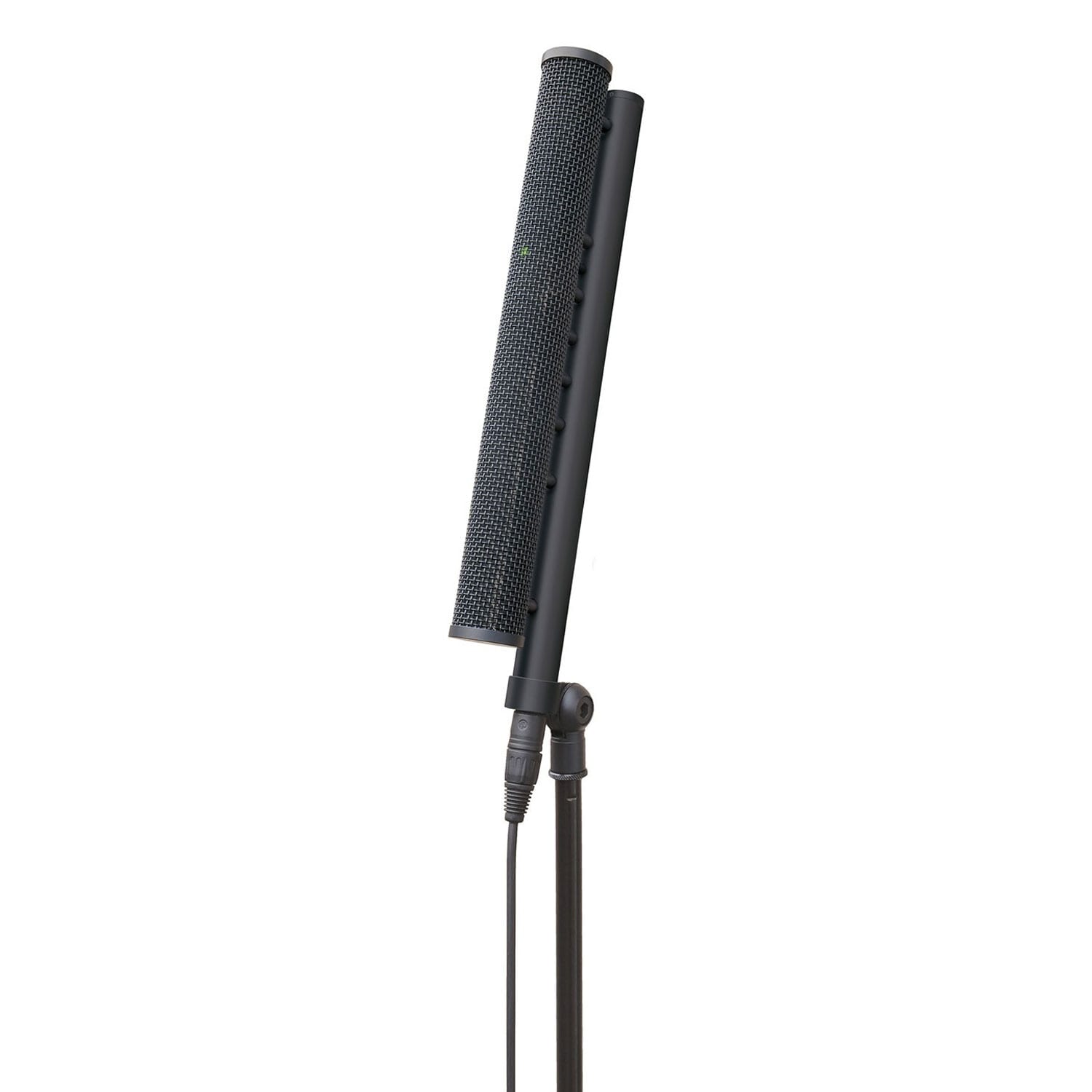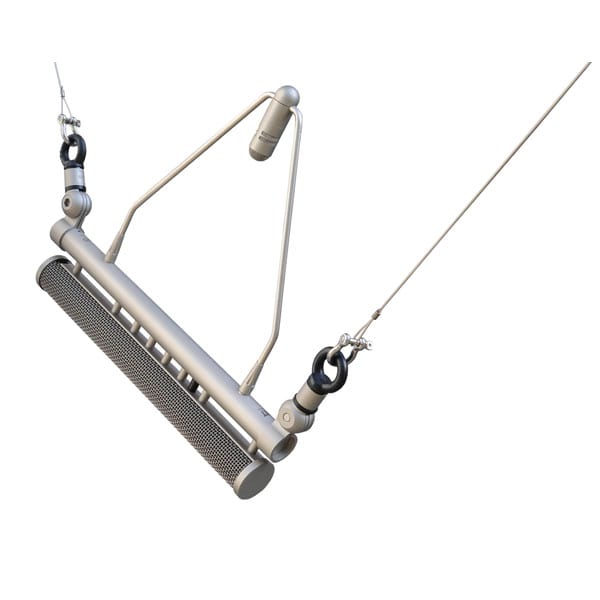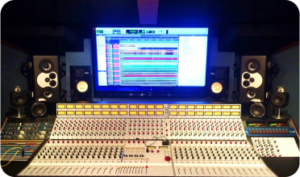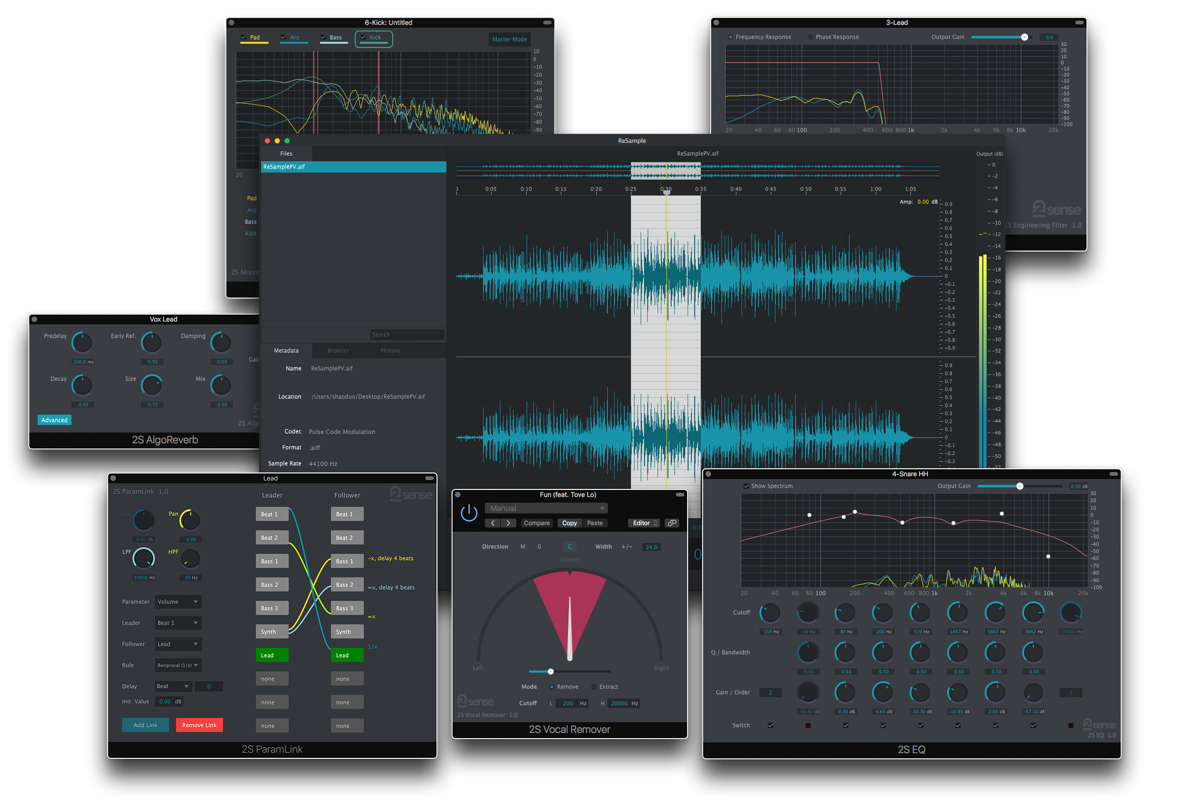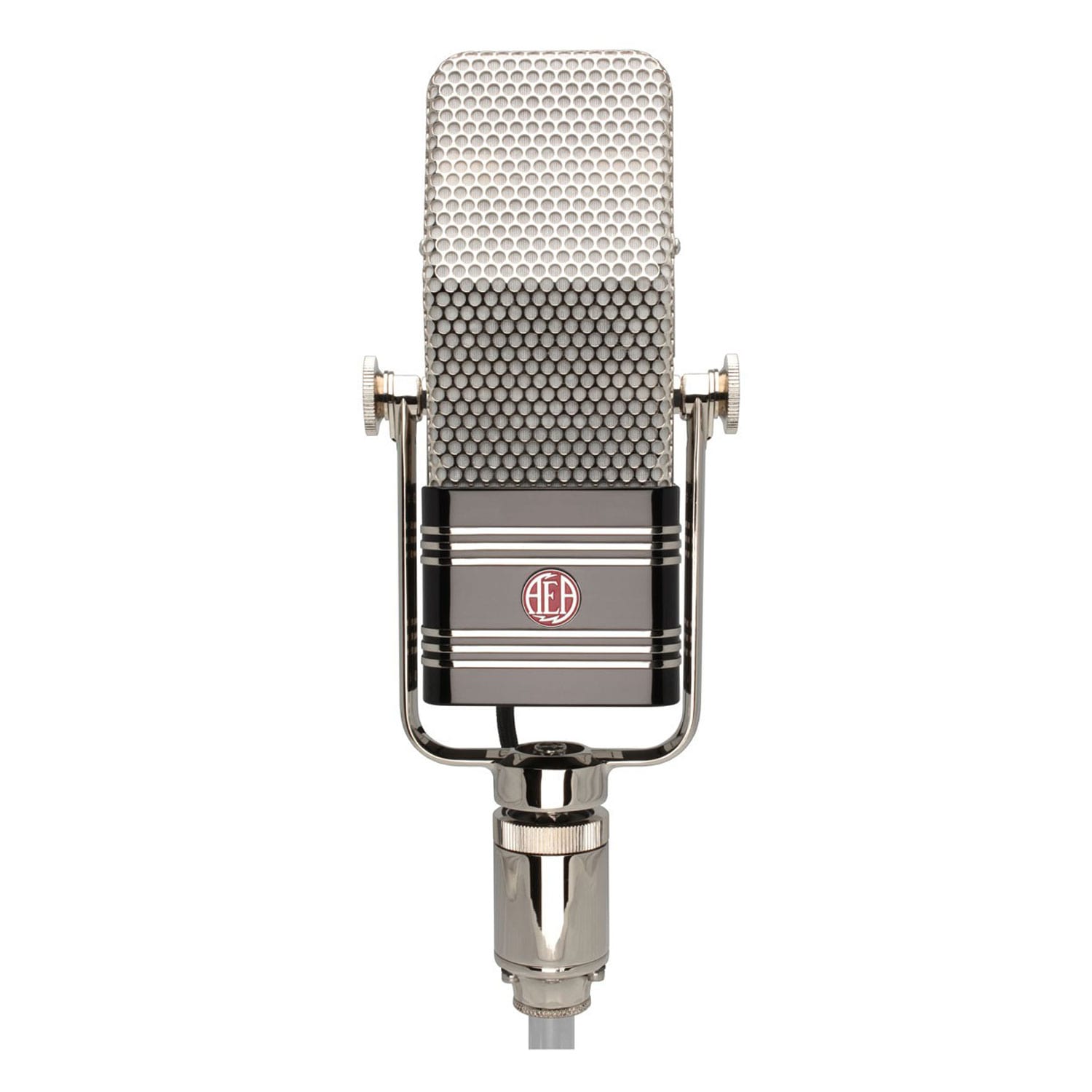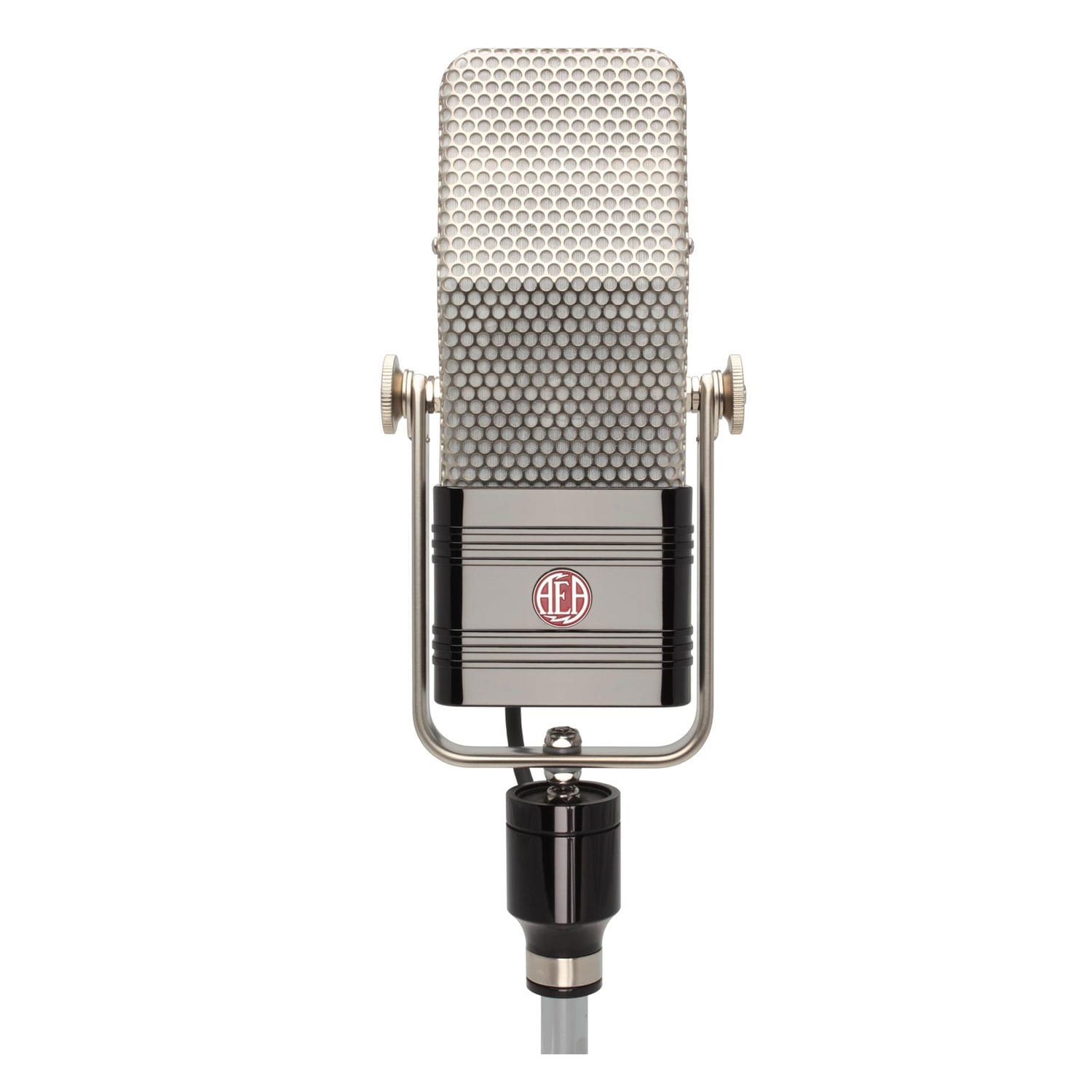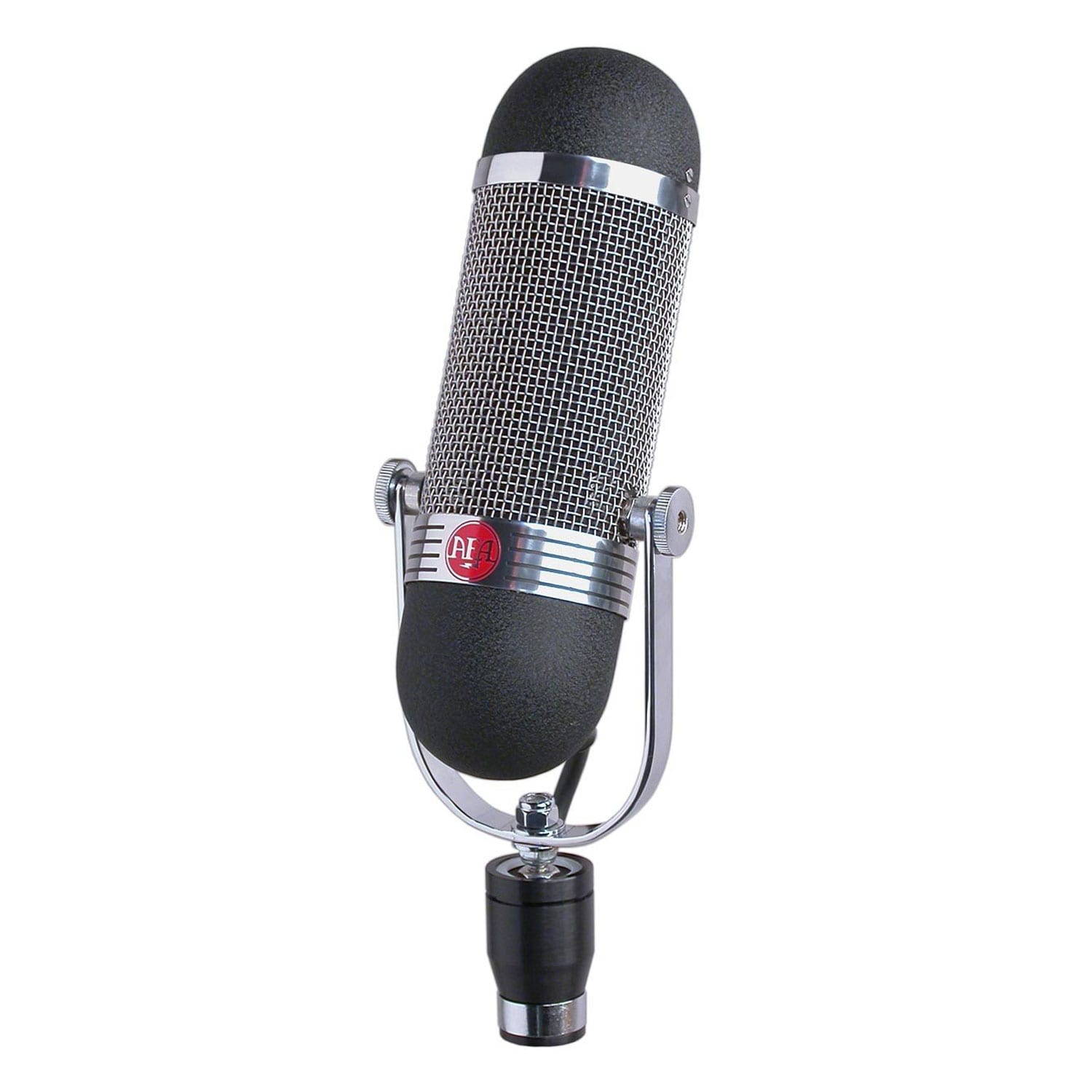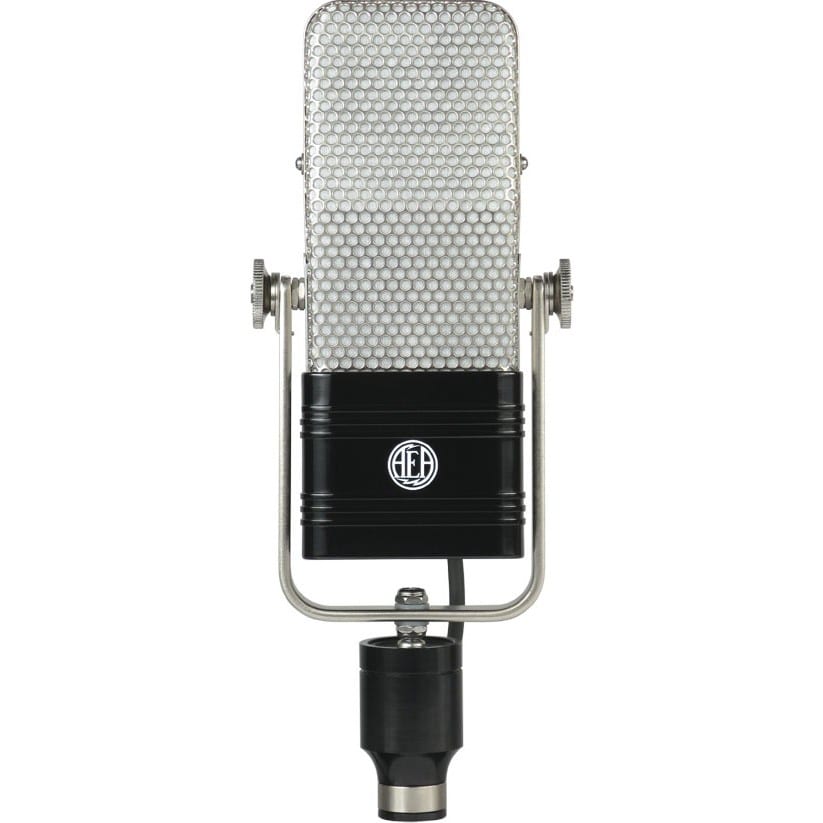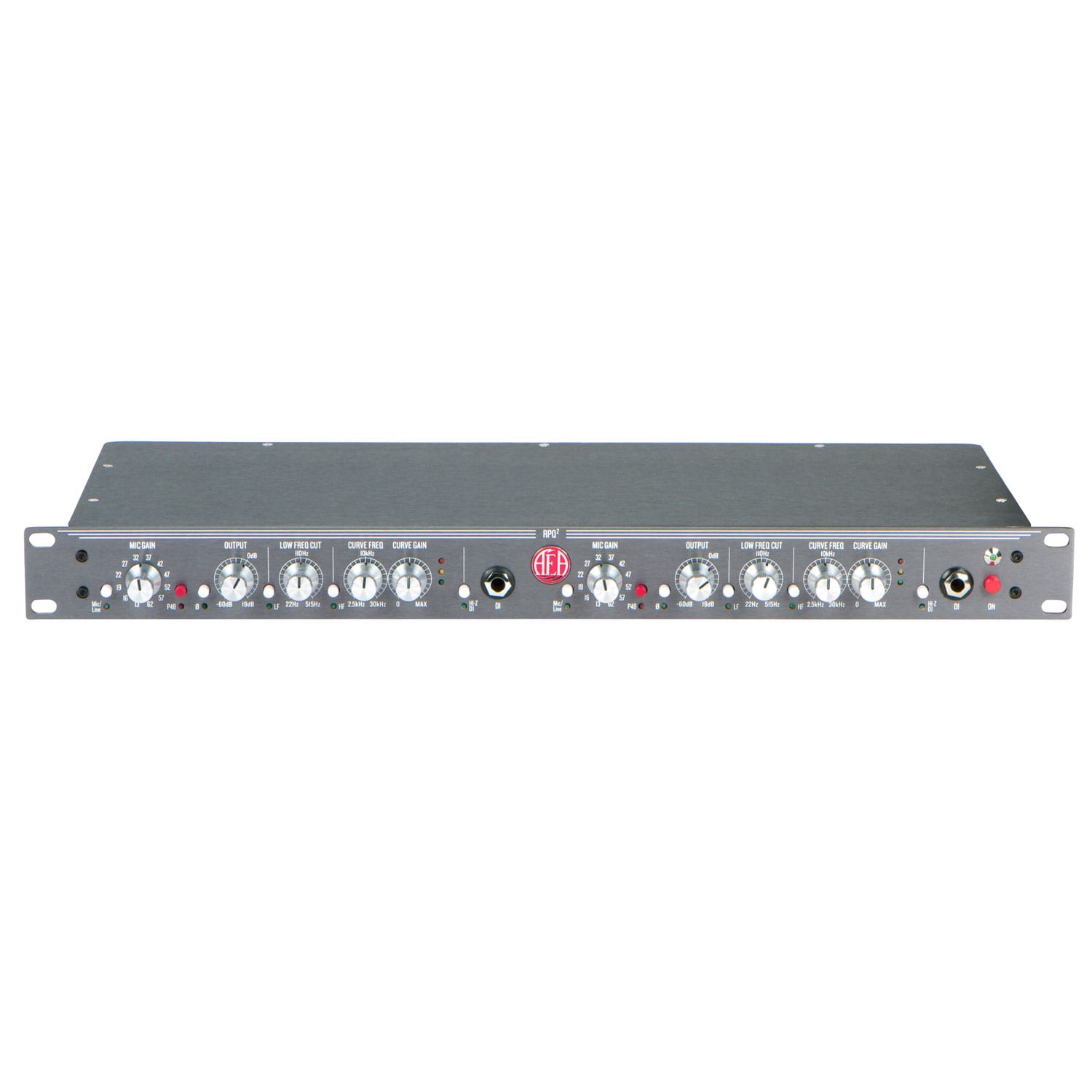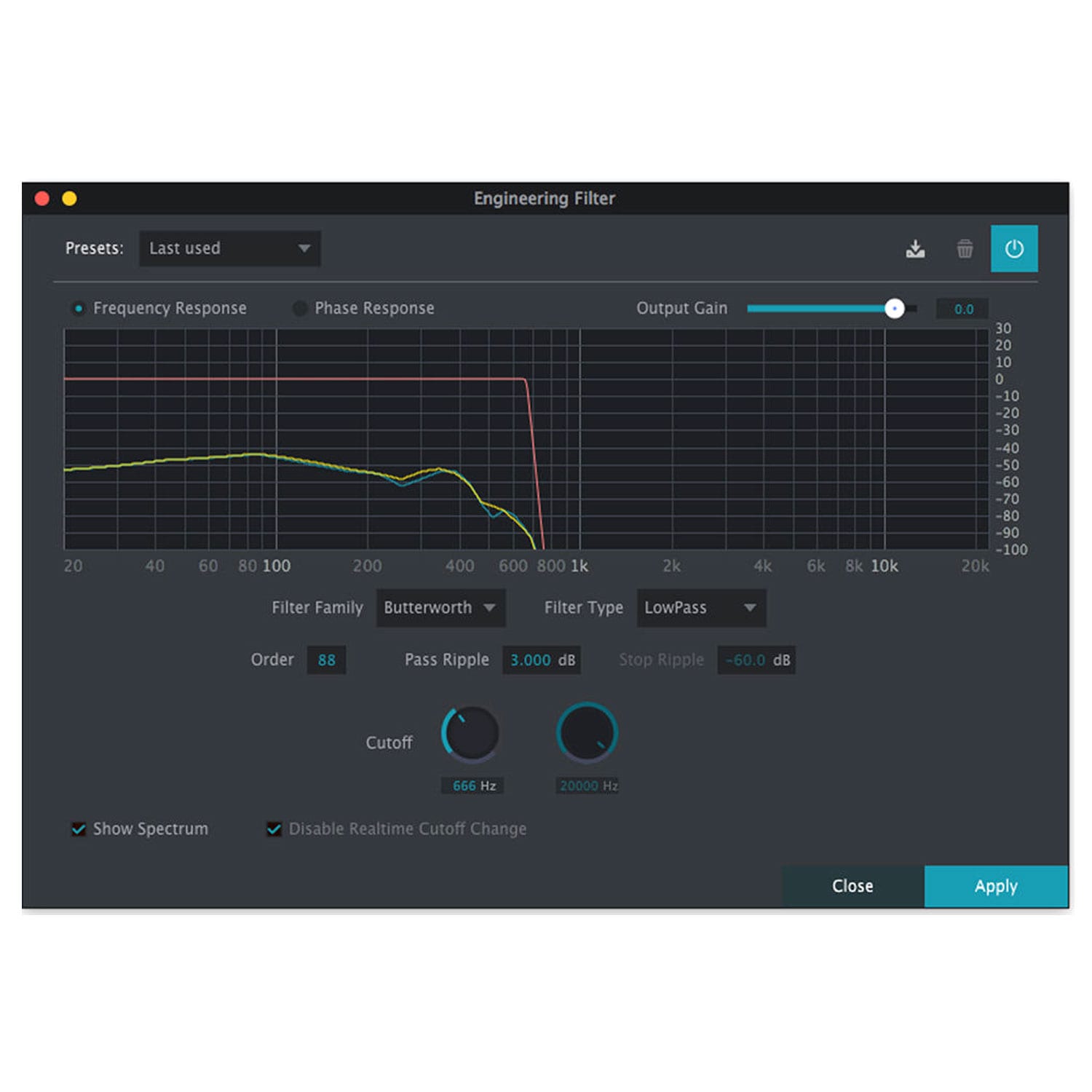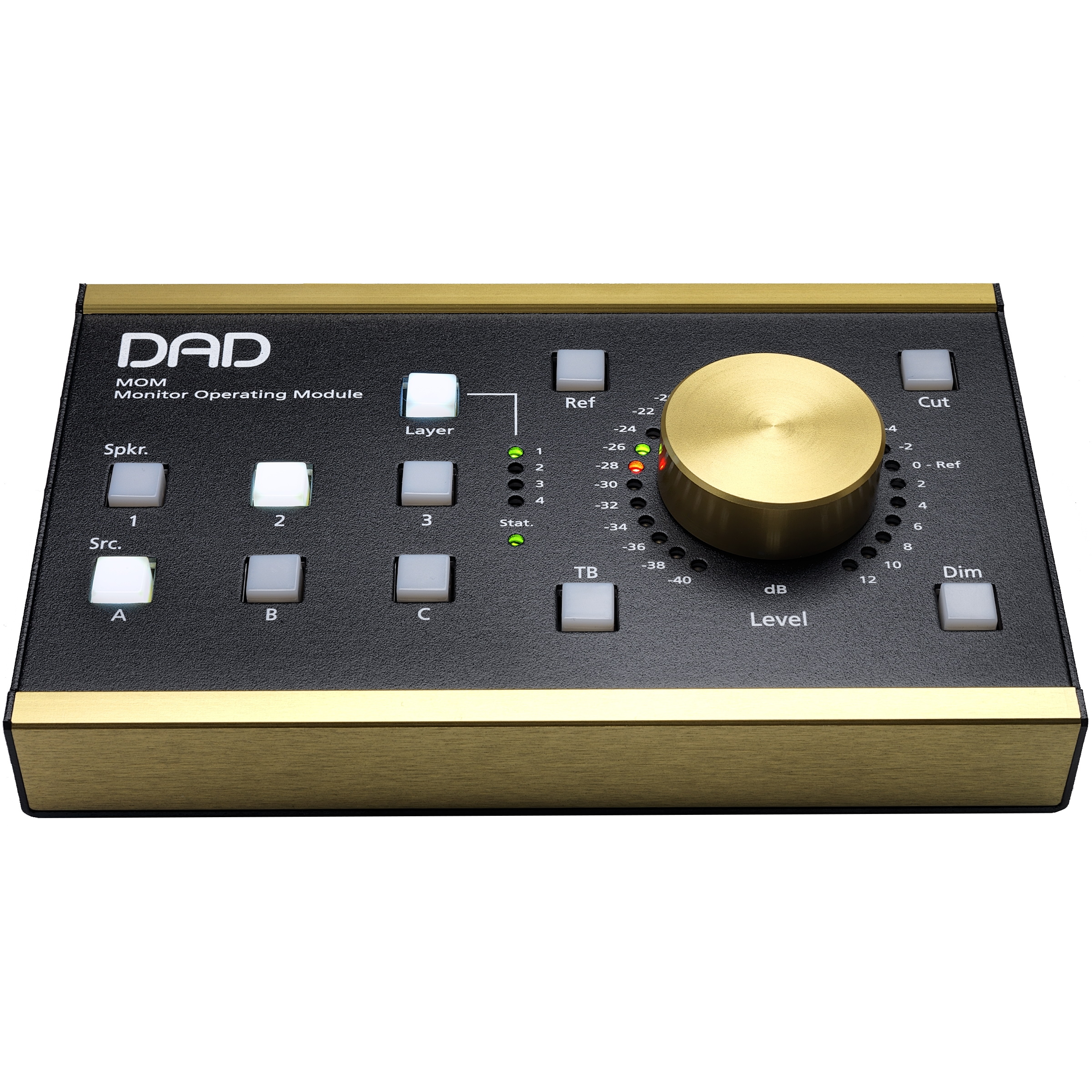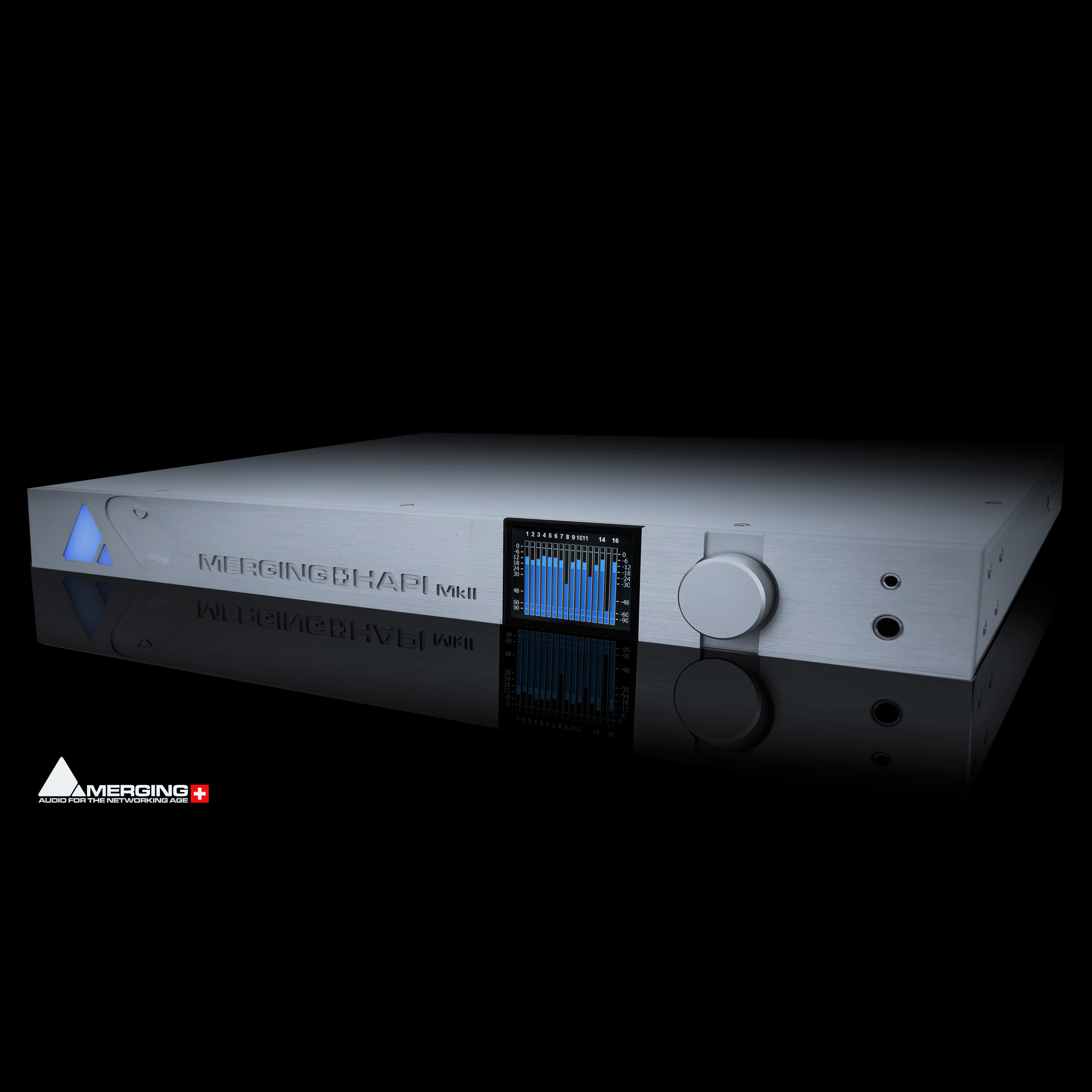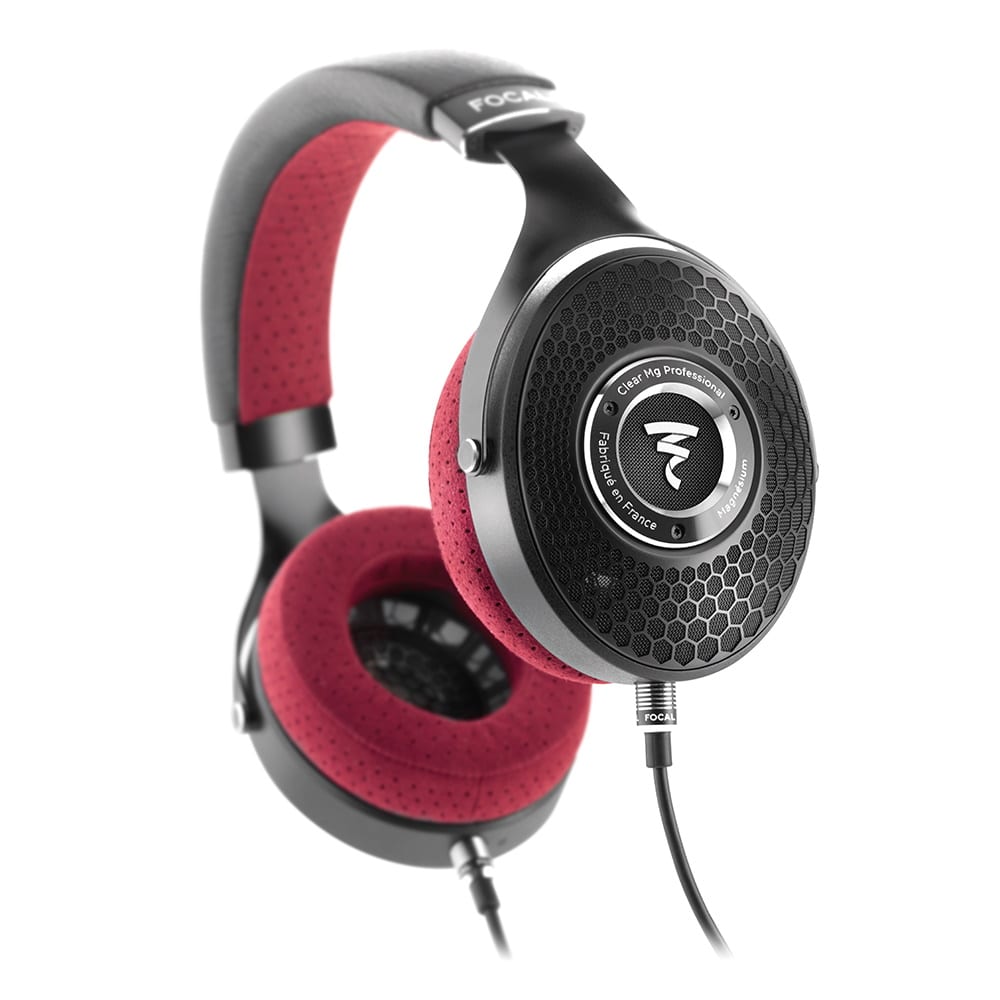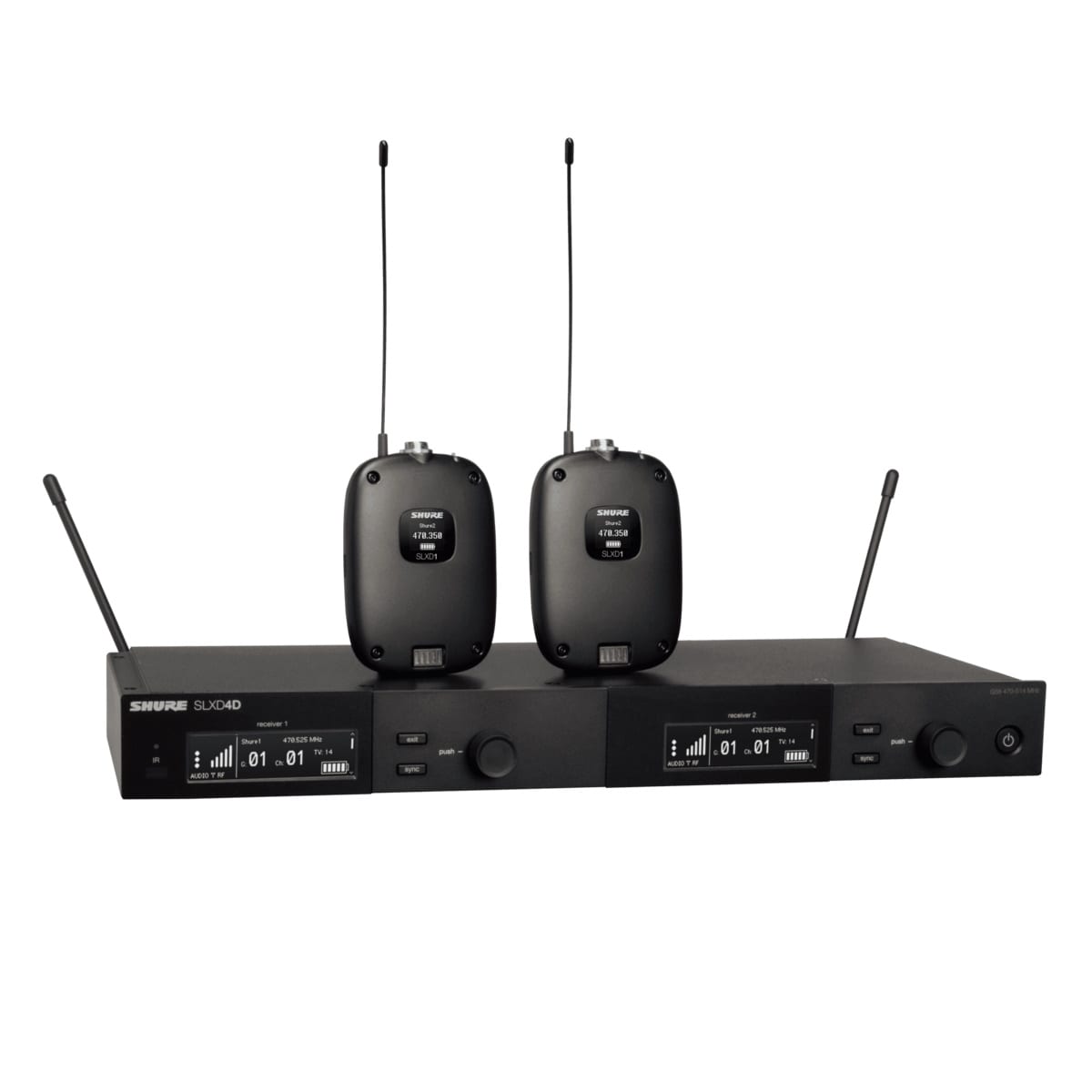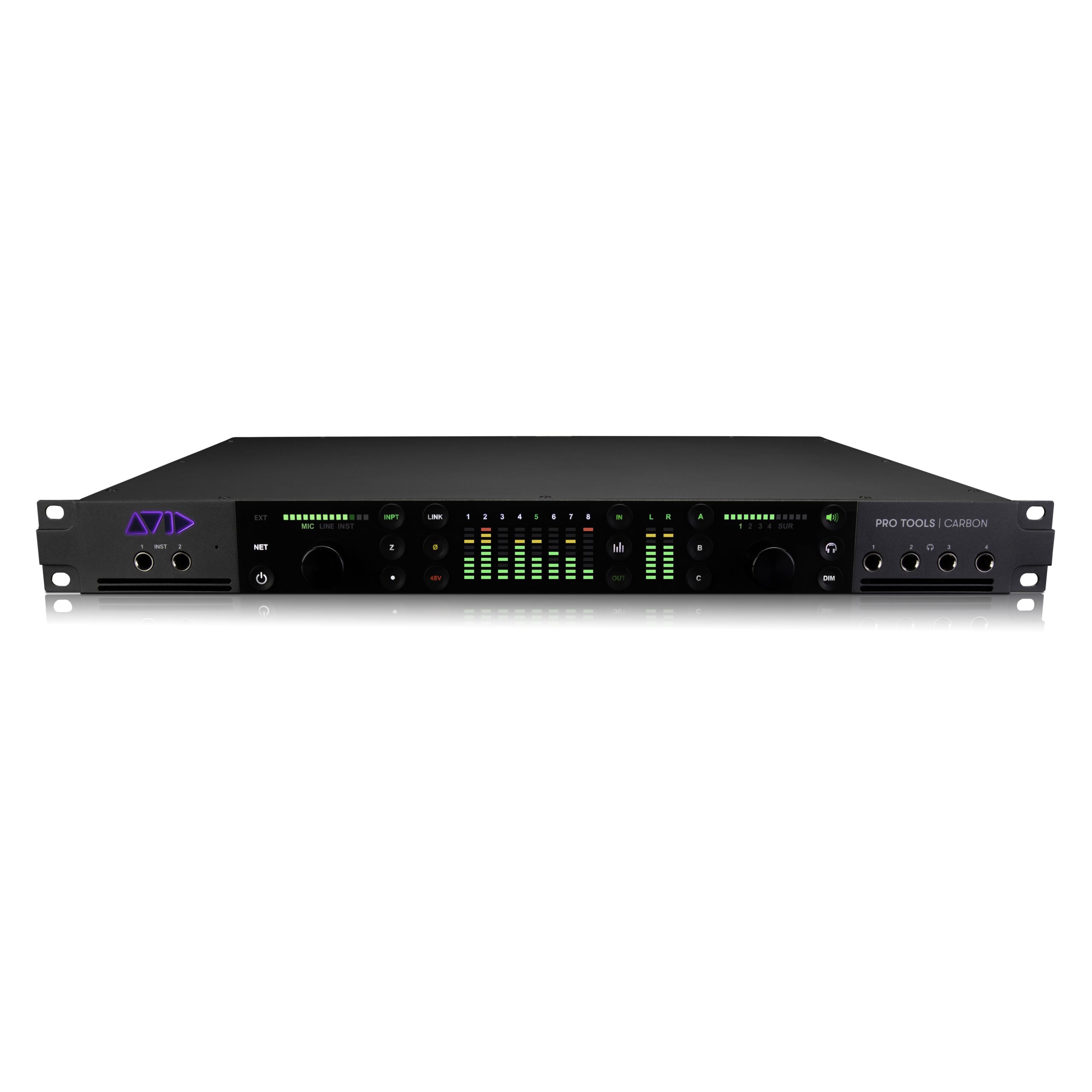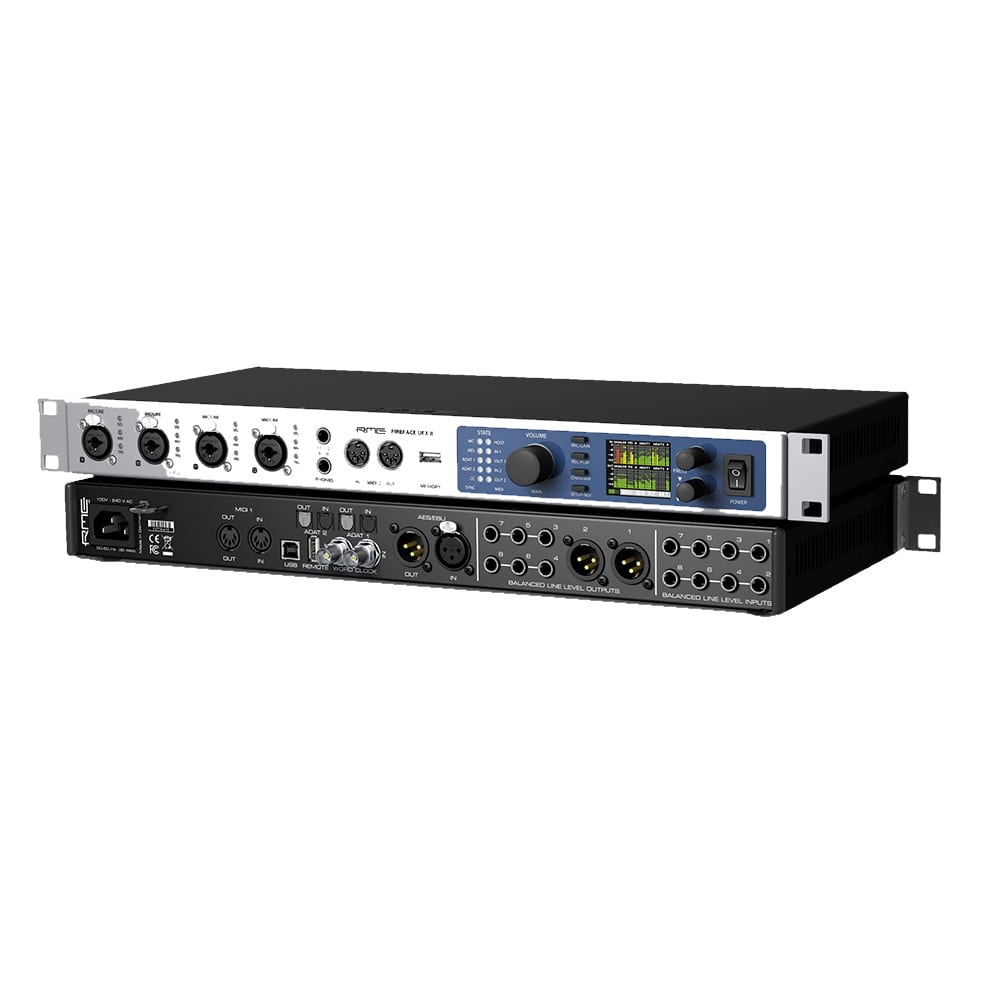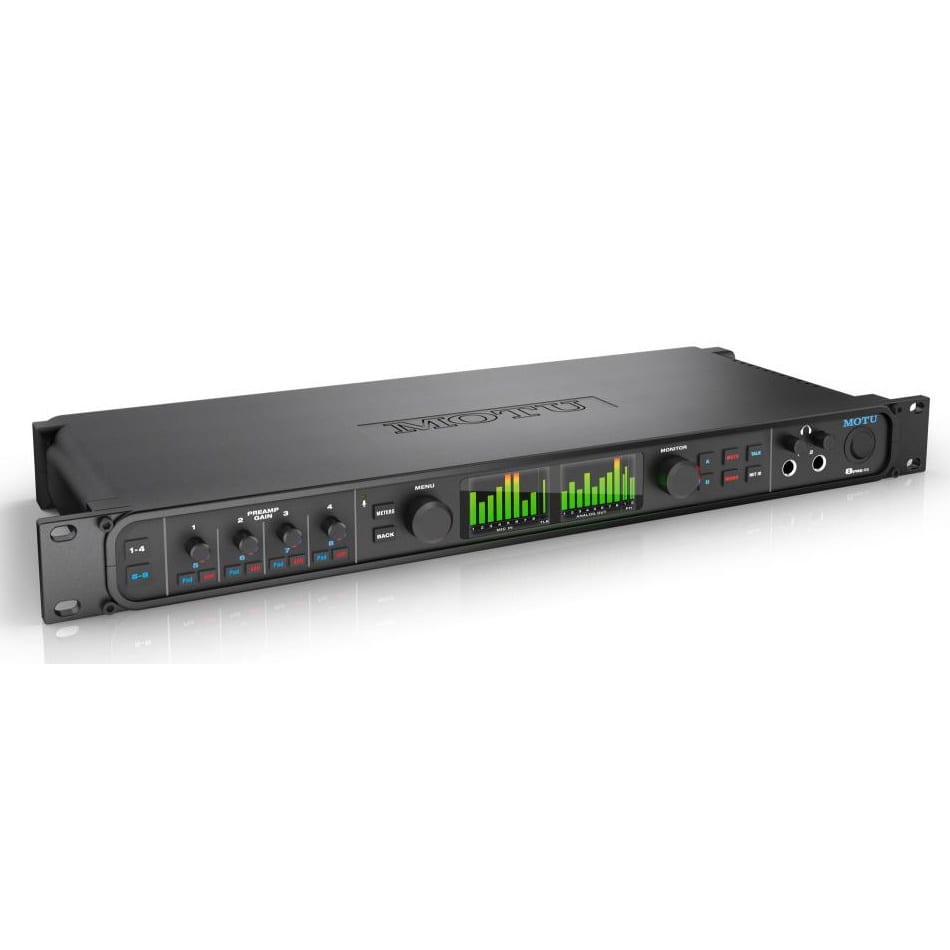Description
Microtech Gefell KEM-975
- condenser microphone
- cardioid horizontal/ vertical club-shaped
- small diaphragm capsule
- PE diaphragm
- transistor pre-amplifier
- with power supply
specification
The cardioid plane microphone KEM 975 is a line array microphone system with a largely frequency-independent polar pattern, which – in the horizontal plane – has the features of a cardioid microphone and – in the vertical plane – the features of a directional microphone with an operating angle of approx. 30 degrees. Thus, the polar pattern is adapted to the frequent case that the sound source to be captured is wide in space or moves around in it and, at the same time, the sound coming from other directions is to be suppressed. The sound to be rejected may consist of disturbing noises or reflections which come from the ceiling, table surfaces, or floor areas. Due to its directional characteristics, the KEM 975 can be used for recording sound sources that are very extensive in width and depth or moving sound sources. Since the complete signal processing is analog, there are no signal delays.
Delta capsule
Below approx. 800 Hz, the KEM 975 cannot maintain its clubbed directivity in the vertical plane anymore due to its length and approaches a cardioid polar pattern more and more with decreasing frequency. With a process developed and patented by the Institut für Rundfunktechnik (Institute for Broadcasting Technology), the directivity and the directionality are increased in this frequency range by using the optional attachable Delta capsule which forms an equilateral triangle together with the two outermost capsules of the KEM 975. Thus, a frequency-constant directivity index is realized across the entire frequency range down to below 100 Hz. The result is a better spatial separation of sound sources with low-frequency signal portions and a more consistent spaciousness in the recorded signal over the frequency spectrum. This is particularly advantageous for music recordings. If the KEM 975 is used for video conferences, or as a speaker’s microphone on a lectern or desk, it can be used without the Delta capsule, as speech frequencies are above the threshold where the Delta capsule is needed.
The KEM 975 was developed in collaboration with the Institut für Rundfunktechnik in Munich.
Acoustic properties
The KME 975 has a directional distribution of sensitivity, which is not rotationally symmetric to the reference axis. The designation “cardioid plane microphone” results from this special directional distribution (flat cardioid). Regarding the polar pattern, the KEM 975 has – in the horizontal plane – the features of a cardioid microphone with an opening angle of 120 degrees and – in the vertical plane – the features of a directional microphone with an opening angle of 30 degrees. Due to signal processing adjusted to the capsule positions, the vertical 30˚ opening angle remains constant above approx. 800 Hz over the whole upper-frequency range.
The high directional selectivity of the microphone requires knowledge of the directions of incidence of useful sound and disturbing noise. The more carefully the KEM 975 is adjusted accordingly, the better the achieved results. The optimum adjustment is facilitated by an LED position indicator, which can be switched off and attached to the protective grille.
Eight high-quality small-membrane condenser capsules of the M 300/ M 21 series with a gold-sputtered polyester membrane are used as the sound transducers. The amplitude-frequency response of the KEM 975 shows an increase of 2 dB between 2 kHz and 12 kHz to increase the speech and high-frequency intelligibility.
The optional Delta capsule, which can be plugged into the KEM 975, affects an increase of the directivity and directionality in the frequency range below approx. 800 Hz whereby the directivity index of the KEM 975 with attached Delta capsule has an almost constant frequency directivity of 9 dB even with lower frequencies down to below 100 Hz. The Delta capsule is automatically recognized by the KEM 975 and the signal processing is adjusted accordingly. Even if a delta capsule is plugged in, the complete signal processing remains analog and thus latency-free.
If the KEM 975 is installed and aligned properly, sensitivity is reduced as the sound source comes closer to the microphone. The sound source with the longest distance is in the range of maximum sensitivity. As a sound source comes closer to the microphone, it leaves the area of maximum sensitivity. In this way, the level increase caused by approaching the sound source is compensated for. By careful positioning and angle setting, the intensity of this compensation can be varied.
Electrical properties
The circuit design of the KEM 975 includes a particularly low-noise impedance converter technology which is specifically designed for the used capsules and their line array arrangement. With five amplification levels that can be adjusted on the power supply, it allows for a very large dynamic range for sound pressure levels up to 152 dB with a distortion factor of a maximum of 0.5 %. In combination with the equivalent noise level of 15 dB(A), the low-noise transmission of low sound pressures and the distortion-free representation of very high sound pressures are thus possible. The connection between the microphone and power supply unit is made by means of a five-pin XLR connection cable. This cable passes both the audio signal and the required capsule power. At the power supply unit, the audio signal is output using a transformer-balanced three-pin XLR male connector. In order to eliminate ground loops, the ground connection can be interrupted by means of a “ground lift” switch on the rear side of the N 975. An IEC connector with earth contact is used for connecting the N975 to the mains power supply. The supply voltage can be set to 230 V or 115 V.
technical data
| Polar pattern | horizontal | cardioid |
| vertical | club-shaped | |
| Recording angle | horizontal | 120 degree |
| vertical | 30 degree | |
| Acoustic operating principle | pressure gradient transducer | |
| Frequency range | 40 Hz to 18.000 Hz | |
| Sensitivity at 1 kHz | 775 mV/Pa | |
| Output impedance | 40 Ohm | |
| Noise level | CCIR 468-4 | 24 dB |
| DIN EN 60268-4 | 15 dB-A | |
| SPL for THD 0,5% gain | 12 dB | 104 dB |
| 0 dB | 116 dB | |
| -12 dB | 128 dB | |
| -24 dB | 140 dB | |
| -36 dB | 152 dB | |
| Output connector | XLR5M | |
| Weight | 1,07 kg | |
| Length | 343 mm | |
| Diameter | capsule | 40 mm |
| preamplifier | 25 mm | |
| Surface | satin nickel, dark bronze | |
| Power supply voltage | 230/ 115 V AC | |
| Power supply voltage | ±10% 50/60 Hz | |
| Weight | 1,6 kg | |
| Width | 221 mm | |
| Depth | 169 mm | |
| Height | 45 mm | |
product contents
| power supply N 975, microphone holder MH 975, microphone cable C 975.1, power cable, rack installation kit, aluminum suitcase 450 mm x 160 mm x 365 mm | |
